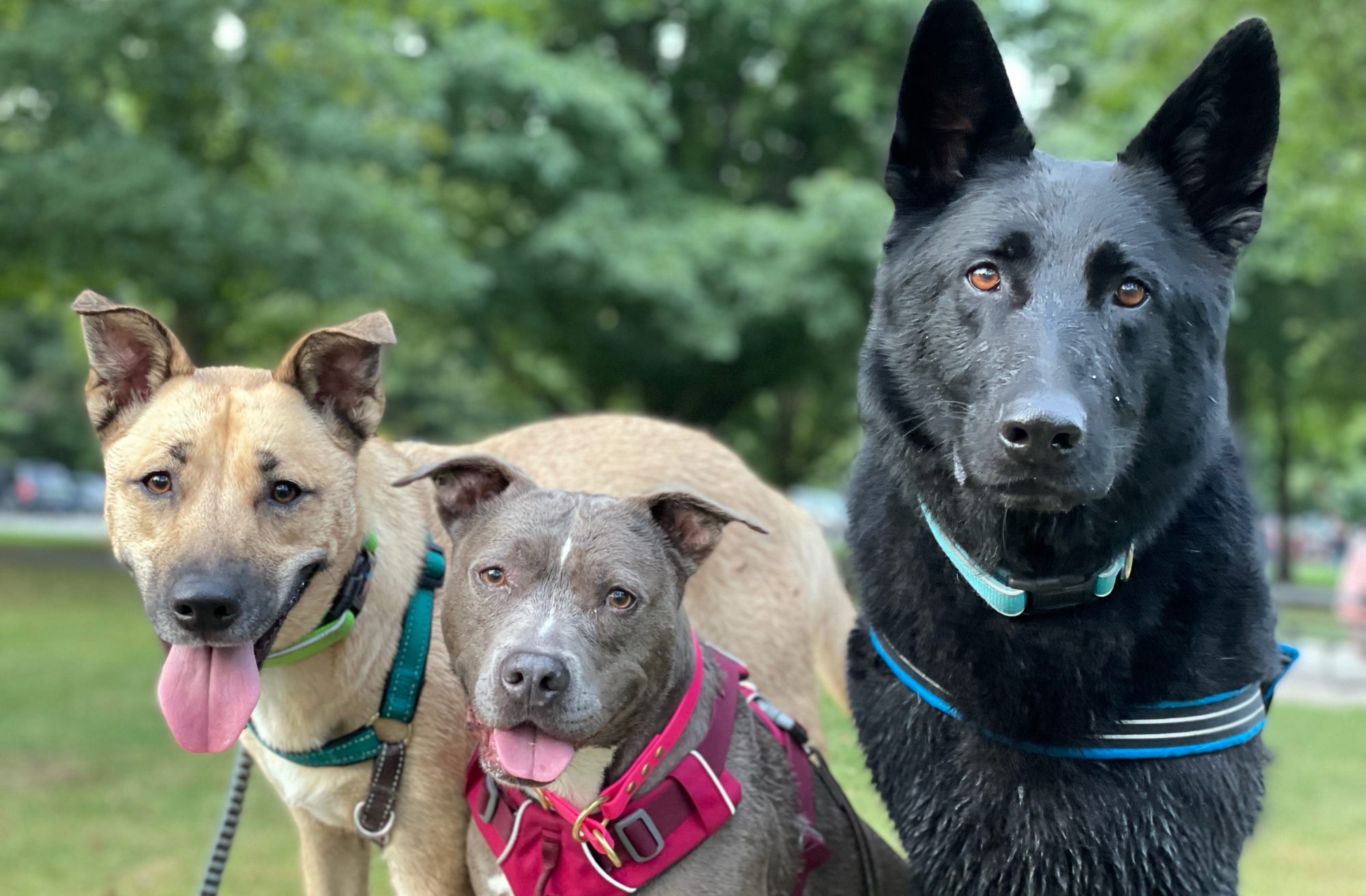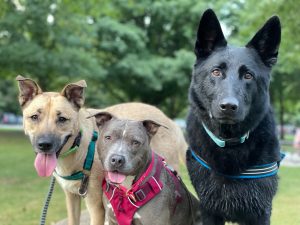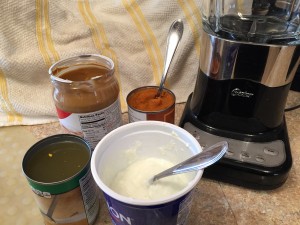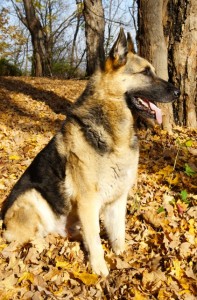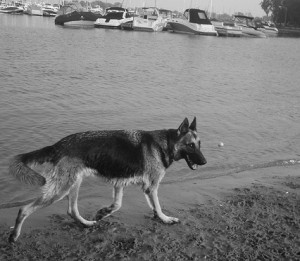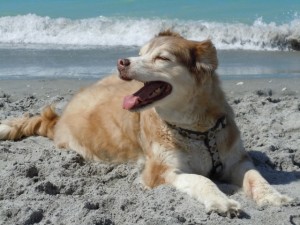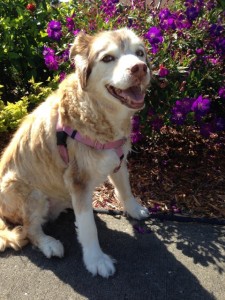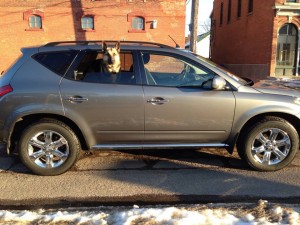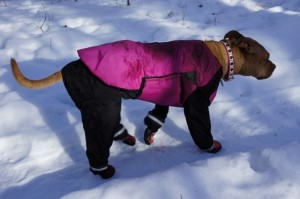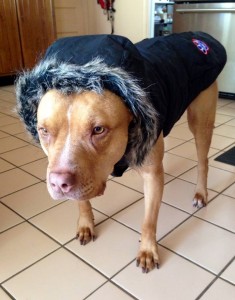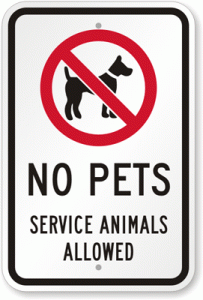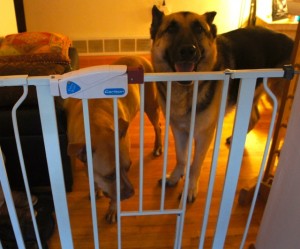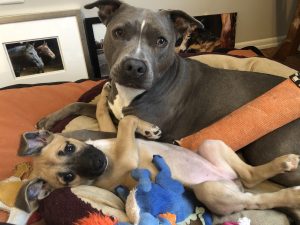 By-and-large, most people who are re-homing a dog are doing it because they’ve reached a point where the current living situation is dampening the quality of life for one or more individuals in the home, despite management, training, behavior modification and/or behavior medications.
By-and-large, most people who are re-homing a dog are doing it because they’ve reached a point where the current living situation is dampening the quality of life for one or more individuals in the home, despite management, training, behavior modification and/or behavior medications.
It happens to the best of us. Despite being an experienced dog guardian or maybe because of it, we sometimes have to make tough decisions about rehoming a dog. Unfortunately many people are villainized for doing it. Keyboard warriors brandish their pitch folks and say hurtful things to those who are doing right by their dogs and household.
Sometimes relinquishing a dog means finding a shelter or rescue group to take the dog into their care and find a new family. Other times, people are fortunate to have family or friends that can adopt the dog into their homes.
I’m lucky to have the latter. I’ve mulled over this decision for months, and although it wasn’t an easy choice, I know it’s the right choice. It is the right choice for the one I’m rehoming, Juniper, and the right choice for the ones I’m keeping with me, Tig and Sirius.
It all started last summer. Tig, whom I adopted as a 7 week old puppy in 2020 from the shelter I work for, had started to reach social and sexual maturity. Juniper, whom I brought home from a neglect case at the end of 2019, had always been a social dog with others and was a great puppy raiser. Juniper and Tig had a wonderful relationship during Tig’s first year. But as Tig reached maturity, their dynamic started to shift. Juniper was becoming increasingly critical of Tig’s excitement levels and would over-correct her, to which Tig started to respond negatively back and they would get into fights requiring physical separation; both walking away with wounds.
It’s no surprise to those of us that understand behavior and development, that their relationship evolved like it did but like everyone else out there I hoped it wouldn’t happen with my dogs. In very generalized terms, female-female relationships tend to be the most challenging. Especially when one or both dogs are coming into adulthood. It’s a risk we take when meshing together multi-dog households.
With careful management over this past year, I’ve been able to minimize the number of disagreements the girls have had, but management can fail or new triggers can arise that we’re not prepared for. That adds to the daily stress for all creatures living together.
In recent weeks, I was seeing a strain in both girls. You could cut the tension with a knife at times. If I’d travel and only take one of them with me, slow introductions and reintegration was needed every time they came back together. Yet, they could also curl up next to each other and be touching while sleeping soundly, however even then, I knew it could be short lived.
No one should be stressed in their own home, a place where they should feel safe and comfortable. No one should feel like they are walking on eggshells in their home in fear they’ll be attached by another family member. This goes for our dogs too.
So the decision was made to re-home Juniper; the reason being that she adapts quickly and loves the people she is starting her new chapter with. Juniper will live a life of luxury and will be well loved and cared for. She is the easier dog to re-home. Aside from her relationship with Tig, Juniper is very social with other dogs. She was often used as a helper dog at work, and I truly trust her with just about everyone out there, no matter the species. Tig, on the other hand, is very bonded to me and tends to be a one person dog. Since I adopted her as a weee little puppy, I’m also very, very bonded to her too. She would not be an easy dog to re-home. Everyone will be happier in the end, even if it is bittersweet for me.
I’m writing this because it’s therapeutic, but also to let others know they are not alone. To do right by our companion animals, we need to look further than our own needs and instead look at what is best for that individual animal and the others living with them. People should not be demonized for doing what’s best for their companion animals. If you’ve had to make a decision like this or are thinking about it, I’m here for you, I empathize with the emotional roller-coster of feelings we are faced with when making this decision. You are not alone, it’s okay to feel sadness, relief, grief, freedom and everything in-between. Take care of yourself and those you love so deeply.
